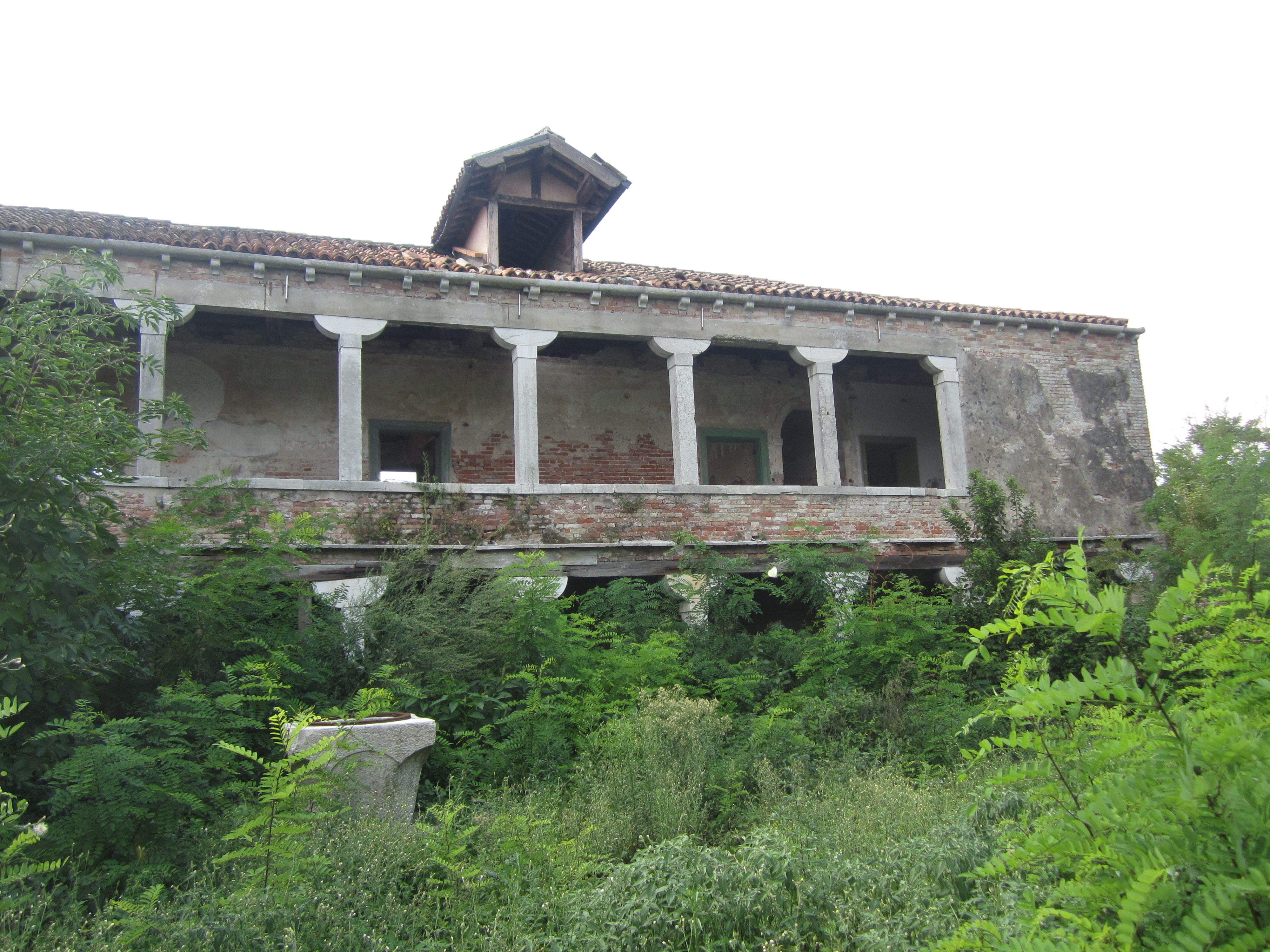A short sail away from the idyllic canals of Venice, there’s a rectangular island with a dark and strange history. Called the Lazzaretto Vecchio, or Old Lazzaretto, it was built during the Renaissance to isolate the sick souls who had fallen ill with the plague.
Learning lessons from the Black Death a century prior, the quarantine colony was set up in 1423 and continued to serve Venetians through several waves of the plague in the 16th and 17th centuries.
Over the centuries, thousands of people died here, and their skeletons remain in numerous mass burial sites across its 2.53 hectares (6.3 acres) of land.
As a bustling trade hub, Venice was especially vulnerable to infectious outbreaks being introduced and taking hold. One of the worst outbreaks emerged in 1630 and wiped out one-third of the population of Venice and Bologna, killing hundreds and hundreds of people each day.
It was so severe, some historians believe the outbreak played a major role in Venice’s fall from grace as a Renaissance superpower.
This abandoned structure on the island was once a hospital for Venice’s rich and famous.
At its peak, hundreds of city officials would run the island. Medical knowledge was sketchy at this time, but the staff kept to a reasonably good standard of hygiene. Rooms were aired out and cleaned with the smoke of herbs and saltwater. After touching anything contaminated, people would wash their hands with vinegar, which is acidic enough to kill some germs.
In a recently launched study, an interdisciplinary group of researchers from the University of South Florida has been closely studying around 900 plagued people who were buried on the island over the course of three centuries.
This has provided them with a unique insight into how the pathogen evolved and managed to remain a recurring threat to the Republic of Venice.
“This is the first time that we could have a set of DNA sequences of pathogens present at a single location, and in parallel, DNA changes in the local populations,” Robert Tykot, professor of anthropology at the University of South Florida, said in a statement. “Thus, we can study for the first time, the co-evolution of pathogens and humans, unhindered by the fast mutations of modern viruses or the presence of vaccinated people.”
“This unique quarantine island can contain devastating plague pathogens, newly introduced syphilis pathogen and anthrax pathogen that jumped from animals. For the first time, it captures multiple pathogens coexisting in human populations over three centuries,” added lead geneticist Rays Jiang, associate professor at the College of Public Health.
Source Link: Welcome To Venice's Plague Island: Home To Thousands Of Skeletons
